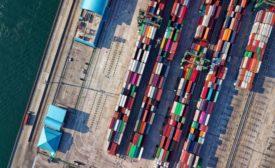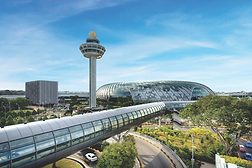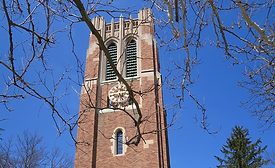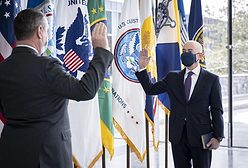- NEWS
- MANAGEMENT
- PHYSICAL
- CYBER
- BLOG
- COLUMNS
- EXCLUSIVES
- SECTORS
- Arenas / Stadiums / Leagues / Entertainment
- Banking/Finance/Insurance
- Construction, Real Estate, Property Management
- Education: K-12
- Education: University
- Government: Federal, State and Local
- Hospitality & Casinos
- Hospitals & Medical Centers
- Infrastructure:Electric,Gas & Water
- Ports: Sea, Land, & Air
- Retail/Restaurants/Convenience
- Transportation/Logistics/Supply Chain/Distribution/ Warehousing
- EVENTS
- MEDIA
- MORE
- EMAG
- SIGN UP!
Physical
Member colleges and school districts can apply for the Alertus Grant beginning February 1
Read More
CISA announces extension of the Information and Communications Technology (ICT) Supply Chain Risk Management Task Force
Extension will allow the Task Force to continue its work as outlined in its recently released Year 2 Report and position itself to support the supply chain risk management imperative in 2021
February 9, 2021
Enterprise Services
Hospitality security adjusts to COVID-19 constraints
While COVID-19 has slowed the hospitality industry, security plays a more pivotal role than ever and the ongoing pandemic is challenging security professionals to adjust and adapt to new rules and procedures.
February 8, 2021
Business leaders' top 10 risk concerns over the next decade
Global survey of business leaders reveals pandemic-associated risks are currently top-of-mind, while technology disruptions and the future of work are concerns for the next decade
February 3, 2021
Sign-up to receive top management & result-driven techniques in the industry.
Join over 20,000+ industry leaders who receive our premium content.
SIGN UP TODAY!Copyright ©2025. All Rights Reserved BNP Media.
Design, CMS, Hosting & Web Development :: ePublishing









